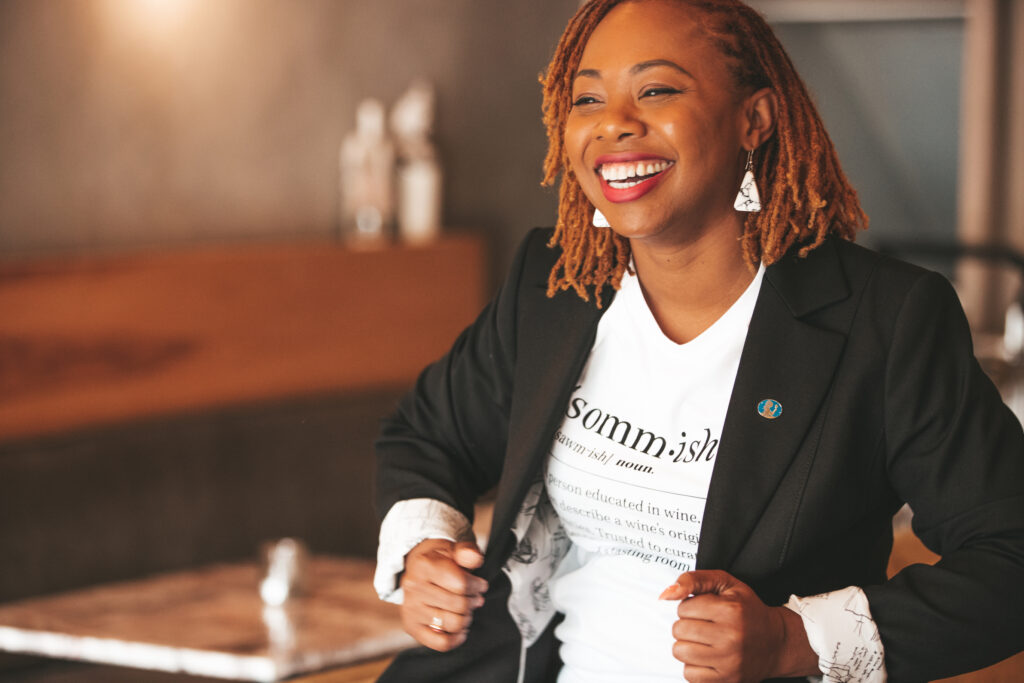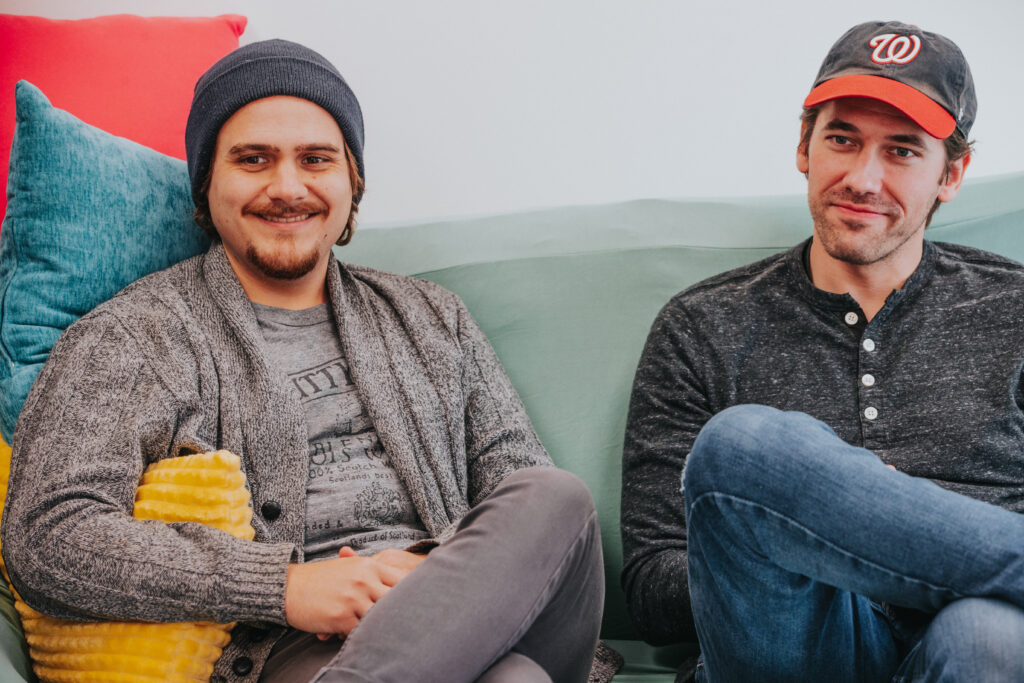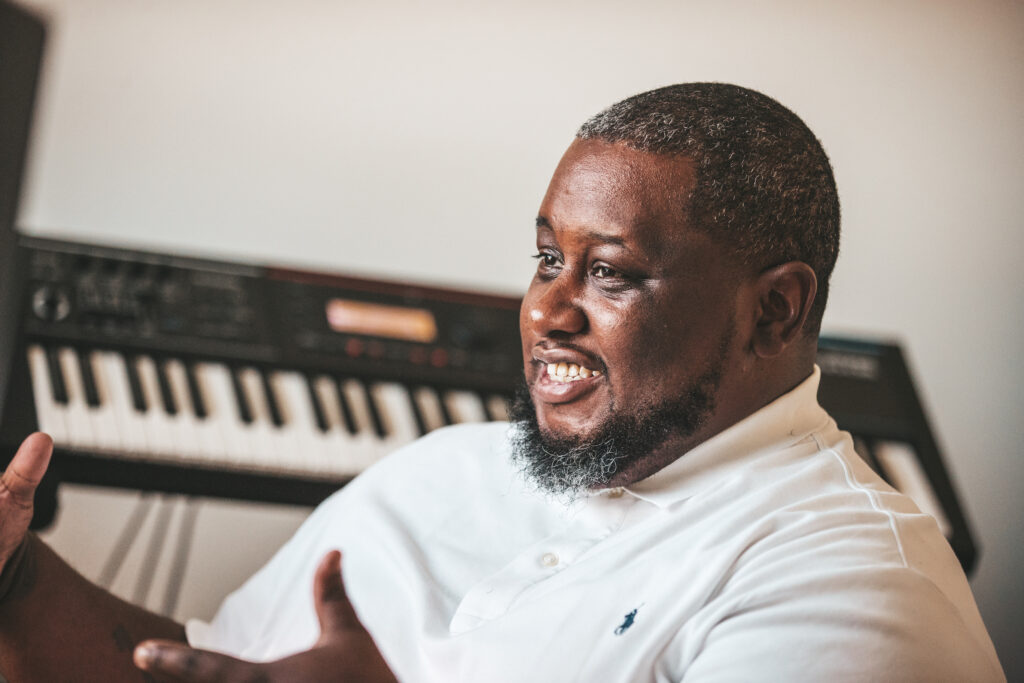“Put yourself in positions where you feel lost. It gives you incredible energy to face and solve problems. Connect with your fellow artists. Your community is what really helps you survive.”
Name: Sarah Garden Armstrong
Occupation: Visual Artist
You lived more than 30 years in the sprawling, expensive artists’ Mecca of New York City. How did you survive and thrive in that potentially-overwhelming environment?
Before I moved, I’d been teaching at UAB. I’d tell my students, “You have to be creative. You have to approach things in a different way.” When I arrived in New York, I realized I’d have to take my own medicine. (Laughs) I had no plan. I had to create my own path. I knew I didn’t want side jobs that would interfere with the pursuit of my art making. I tried selling Canon copiers. I was not a salesman. I tried many different things and had a good time doing them. I found a good gig as a tour guide. That fit me and my schedule. I’m an artist. Artists survive.
You seem to really embrace the entrepreneurial side of being an artist. Has that always been the case?
Yes. One of things I did early on was to buy a piece of real estate. I sold “art futures” to pay for the renovation. Basically, I received funding from my investors either for art to be produced in the future or as a loan, including interest payments, with my art work as security for the loan. In fact, I had some great people in Birmingham who were part of my “art futures” venture. For me, it’s been important to continually sharpen my skills. There’s a New York organization, Creative Capital, with really valuable career services for artists. Beyond the content they offer, I’ve gained so much from the people I’ve met when attending their programs, especially when there’s a mix of people coming from different artistic disciplines. For artists, it’s so important to be a constant student.
Your desire to be a life-long learner is a really admirable quality. Balance that out for us with your fatal flaw.
I’m a little obsessive. (Laughs) I had a reputation, even in New York, for working a lot, a lot. It takes it. I’m continually refining and struggling over my work. When is a piece complete? When is more detail needed? How do you objectively step back and really see your work critically? It’s all about seeing. And it’s not just the work itself. I obsess over spaces. They’re such wonderful challenges. They give me information. And I don’t have tight control over someone else’s installation space, so, once the art has entered the room, I react all over again. I always feel like my art moves or changes once it enters an exhibition space, and I have to be flexible and willing to make further adjustments. So much of art is about the coming together of the work, the space and the participants in the experience.
What advice would you give to Birmingham’s younger artists?
Don’t play it too safe. Go different places, explore different cultures. Put yourself in positions where you feel lost. It gives you incredible energy to face and solve problems. Connect with your fellow artists. Your community is what really helps you survive. Or, at least, that has always been the case for me. Set aside time with the team you make for yourself to brainstorm, provide constructive feedback, co-think. Be patient with yourself – building a career as an artist takes time and effort. I hope, now that I’m permanently back home, that Birmingham’s growing population of young artists will include me in their conversations. I want to be part of a community where all ages and cultures are working together, and I hope I can make a contribution. Most importantly, I’d tell young artists, “Do what you want to do.” I pretty much did that.



















